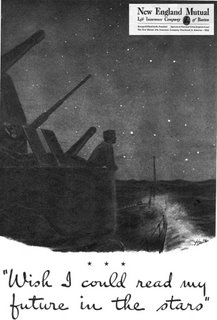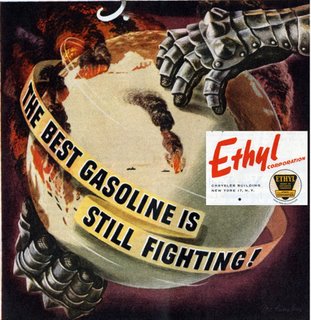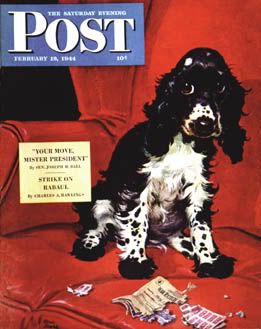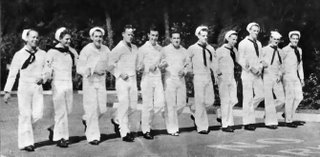 Rescue At TrukBy Sgt. Larry McManus
Rescue At TrukBy Sgt. Larry McManusPEARL HARBOR—A submarine, many people believe, is a sleek, stealthy craft devoted to the science of destruction and manned by pallid sailors who consider a mission successful only when thousands of tons of enemy shipping have been sent to the bottom of the sea.
If that is true, then the U.S.S, Tang's mission -in the two-day attack on Truk was a failure. For on that trip, the sub sank only two objects— Navy scout planes, venerable OS2U Kingfishers which were set afire by the Tang's deck guns.
It was in the first raid on the first day of the Truk attack that a Jap shell blew a four-foot hole in the port wing of the TBF (Grumman Avenger) piloted by Lt. (jg) Scott Scammell II of Yardley, Pa. Scammell continued his run and dropped his bomb on the atoll before banking steeply for a crash landing in the ocean. A fire kindled by the shell near the wing tank changed his plans, and to prevent an explosion that probably would have killed him and his crew, he ditched the plane in the lagoon two miles south of Dublon Island, principal Jap base of the atoll.
"The indicator read 200 knots when we hit the water," said Harry B. Gemmell ARM2c of Philadelphia, Pa., the radioman, "and we usually land at about 80. Somehow nobody was hurt. We just climbed into the raft and took a look around. We saw Dublon a short distance away and started paddling like hell."
Scammell. Gemmell and Joseph D. Gendron AMM2c of Oakland, R. I., the turret gunner, wanted to raise the sail but they were afraid the Japs would spot them if they did.
''The sail is yellow on one side and blue on the other." said Gendron. "It's okay when you're sailing away from the Japs: you can face the blue side toward them. But what can you do when you're right in the middle of the Japs?"
The three airmen solved that problem, after a fashion, by folding the sail to hide its yellow side. This left a ridiculously small surface but enough to help somewhat as they paddled toward the sea.
Two more strikes hit Dublon while the raft was in the lagoon, and Jap planes fled into the clouds as American flyers blasted the navy yard there. Between raids the men in the raft watched the Japs come out from their cover, make ferocious passes at the empty air and then go into hiding again as the Americans returned.
"We'd see a flight of planes overhead," Gemmell said, "and we'd make believe they were F6Fs (Grumman Hellcats) coming to protect us. Then those damned meatballs would show up on each wing." When that happened, the men tried to cover, the bright yellow raft with their bodies and with the blue side of the sail.
At noon, four hours after their crash inside the Truk reef, the three men steered their raft into the open sea between the islands forming South Pass. Joe Gendron, the only one aboard who wasn't seasick, bailed out the raft until the Tang —directed by fighter planes circling above— pulled alongside four miles southeast of Ollan Island. The three men were hauled aboard the sub. Lt. Comdr. Richard H. O'Kane of San Raphael, Calif., commanding the Tang. told them to bring the raft aboard, too. "For my kid," he said.
Some time later another flyer was reported down off Kuop Island, 30 miles to the east. To save time, Comdr. O'Kane decided to keep the Tang on the surface for a full power run. This meant that the sub had to pass close to Ollan Island. The commander figured the Japs might open fire, so he ordered his men to fire first to keep the Japs busy. A tall, red-haired subman named James M. (Gunner) White GMlc of Springfield, La., was the first man to shell Truk. By the time the Japs recovered and opened fire, the sub was 1,000 yards out of range. After searching vainly for the flyer until dark, the Tang pulled out for the night.
























